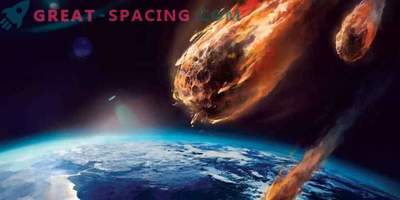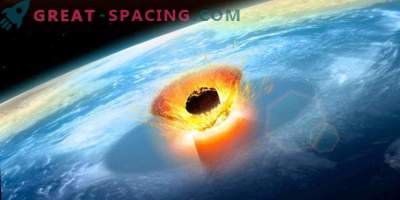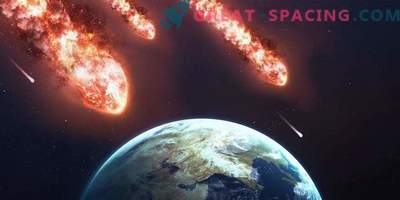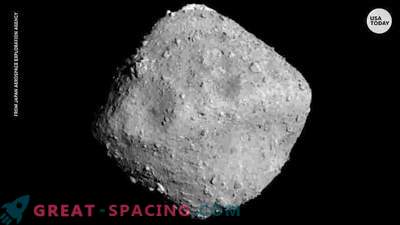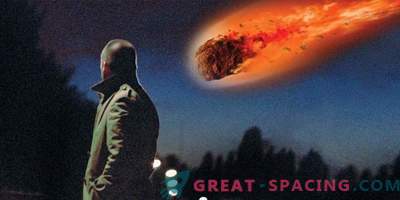
The NASA image shows the asteroid 2014-JO25, captured on April 19, 2017.
An asteroid in the shape of a peanut and 1.3 km long swept past the Earth on Wednesday. This gave scientists the opportunity for almost the first time to see such a large space stone so close.
Asteroid 2014-JO25 is now moving away from the center of the system, so there is no danger to the population Earth. It approached 1.8 million km (4 Earth-Moon distances).
In 2014, the Arecibo Observatory in Puerto Rico took the first shots showing a strange object. It seemed that the two asteroids simply merged together.
Frequent guests?
You may not even suspect, but space stones visit our planet almost every day. An average of 10,000-100,000 tons of cosmic material settles on Earth every year. But large asteroids are rare. A similar object can be expected in 2027. It occupies 800 meters in length and fits one Earth-Moon distance.
The last time the 2014-JO25 approached us 400 years ago, but it will repeat the call no earlier than in 2600 years.
Is there a danger?
2014-JO25 is not a dangerous object. But he is listed in the category of "potentially dangerous", for which you need to follow just in case. The list includes any rock longer than a kilometer in length and approaching 7 million kilometers to the Earth. Fortunately, researchers have the ability to track 90% of such objects. Therefore, in the short term, the threat is not expected.
Beat Strength
Many large asteroids crashed into the Earth or exploded in the atmosphere, leaving giant craters and clues to their composition. More than 60,000 years ago, a 30-meter cliff fell into the territory of modern Arizona. Well, do not forget about the guest 65 million years ago, who destroyed the dinosaurs.
If a stone with a length of 1 km fell on us, it would be like a million-strong bombardment of Hiroshima. An object of 10 km will erase humanity from the face of the Earth.
What to do?
To prevent such a disaster, a team of astronomers from NASA and the European Space Agency is creating strategies to combat asteroids still in outer space.
A self-guided 400 kg satellite traveling at a speed of 6 km / s would aim at an approaching asteroid. But it is important not to destroy the object, but to reject it, because the fragments also carry a serious threat. But all this is only on paper, since the money for the technology has not yet been allocated.




